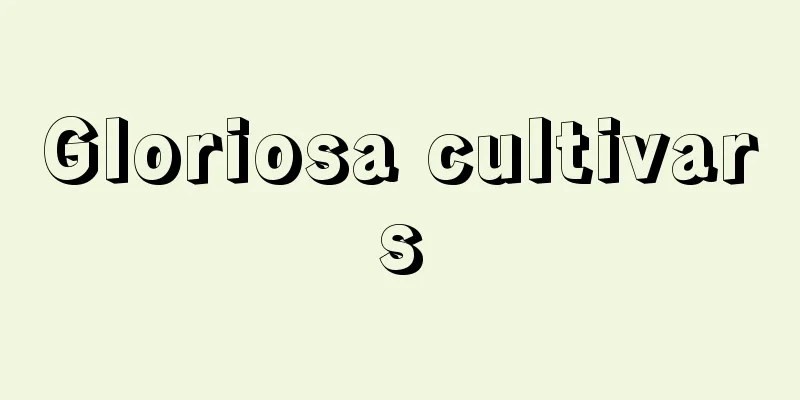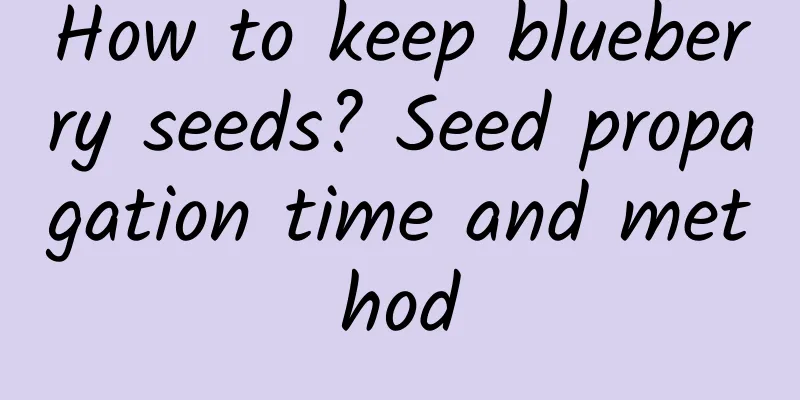A complete guide to the prevention and control of diseases and insect pests of Polygonatum odoratum

Main diseases and insect pests of Polygonatum odoratumThe main diseases and pests of Polygonatum odoratum include leaf spot disease (yellowing and withering of leaves), root rot (root rot), gray spot disease (leaf death), purple ring disease (gray-brown lesions on leaves), etc. Next, the editor will explain in detail the causes and prevention methods of these diseases and pests! Leaf spotSymptoms of Leaf SpotLeaf spot is a fungal disease that affects the leaves of Polygonatum odoratum: it causes oval or irregular shapes to appear at the tip of the leaves, purple-red edges, and brown spots to appear in the middle, eventually causing the leaves to wither and die. This condition often occurs in summer and autumn, with a higher incidence rate during the rainy season. Leaf spot controlPay attention to maintaining a clean planting environment. Diseased leaves and dead branches need to be burned in a centralized manner to eliminate overwintering pathogens. In the early stage of leaf spot disease, Bordeaux mixture can be used for sterilization in a ratio of 1:1:120. Or use a 1000 times solution of thiophanate-methyl (50%), spray once every 10 days, and continue for 2-3 times. Root rotRoot Rot SymptomsThe root rot of Polygonatum odoratum is mainly manifested in the appearance of light brown circular lesions on the rhizomes, which gradually rot, seriously affecting the output quality of Polygonatum odoratum and the subsequent transplanting and planting. The main cause is that it is caused by pathogens (a type of Fusarium), which will overwinter in the soil and infect the roots. It is a very common disease and pest of Polygonatum! Root rot prevention and treatmentUse drugs to irrigate the roots at the early stage of the disease: It is recommended to use a 500-fold solution of carbendazim (50%) to sterilize the roots. For Polygonatum odoratum that is already "terminally ill", it is recommended to remove it ruthlessly and disinfect the soil thoroughly with chemicals... Gray spotSymptoms of gray spotSimilar to leaf spot, it is also a bacterial disease. In the early stage of the disease, circular (purple edges and gray center) lesions will form on the surface of the leaves of Polygonatum odoratum. Stripe-like spots will also form on the leaf veins, which can cause leaf death in severe cases. This disease is more common in summer, with the highest incidence in June and July. Gray spot disease prevention and control methodsUse 500 times dilution of Benomyl for sterilization, spray every 6-7 days, and continue for about 3 times. Purple wheel diseaseSymptoms of purple wheel diseasePolygonatum odoratum purple ring disease is a type of leaf disease, with oval spots appearing on both sides of the leaves, with a diameter of 2-5 cm. The initial lesions are red and gradually turn into gray-brown. It is a disease caused by fungi (Ascomycota, genus Macroplastid), which is dormant in winter and spreads through air currents as the temperature rises. The common disease period is June-July. Purple wheel disease prevention and treatment methodsMaintain good sanitation in the planting environment. If diseased leaves are found in the early stage, they must be removed in time. After the plants die, they must be thoroughly cleaned and disposed of in a centralized manner (burned or buried deep). |
<<: Disease prevention and control of Parthenocissus tricuspidata
>>: Prevention and control of common diseases of Amaryllis
Recommend
Where is ice plant suitable for planting?
Ice plant cultivation area Ice vegetable generall...
How to prune camellia?
Camellia is loved by gardening enthusiasts for it...
Difference Between Wheat and Rice
1. Plant Differences The wheat stems are erect, c...
Environmental conditions and characteristics of kelp growth
Environmental conditions and requirements for kel...
Which month is best to plant peanuts?
Peanut is a crop with many uses. Not only can it ...
The efficacy and function of Trichosanthes
effect Clears heat and relieves cough Trichosanth...
Can banyan trees be planted in the yard?
Can I plant a banyan tree in my yard? Banyan tree...
How to raise Ansno
1. Breeding environment Soil: When growing Ansno,...
When and how to plant peas
Pea Planting Time Peas have strong adaptability, ...
Cultivation methods and precautions of the big dragon beard tree
The dragon beard tree is an ornamental potted pla...
Can I plant green radish in the soil of succulent plants? Can I plant them together?
1. Can you grow green radish in succulent soil? T...
What is daylily?
What is daylily? Daylily is a vegetable of the As...
Poplar cutting time and method
Poplar cutting time There are many times for popl...
Hydroponic method of lucky bamboo
Hydroponic method of lucky bamboo Pruning roots a...
How to eat rose flowers
How to eat rose flowers Rose flower porridge The ...









